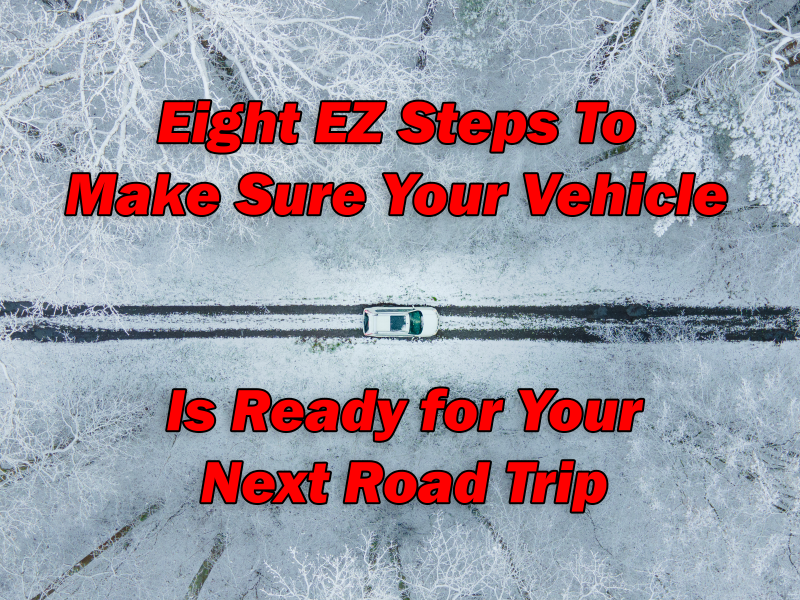- Home
- Financing
- Inventory PriceMakes
- Services
- Make A Payment
- Company Info
Team E-Z Auto has a well-rounded staff and we are excited to help you realize your goals. We pride ourselves on being a car dealership that cares for our customers, by going the extra mile so you can go further and do more with your purchase. Our attentive staff will be there for you from start to finish. Come by and meet our team so we can help you jumpstart your journey to financial freedom and credit recovery in your quality assured vehicle.
by Geoff McElhattan - Posted 2 years ago


Begin with your car off, pop the hood, and inspect the cables attached to your vehicle’s battery. They should be clean and secure to the nodes on the battery. If they move excessively, safely tighten them. *How to tighten and clean loose battery terminals

Now that we have checked the engine bay, it’s time to inspect the outside of your vehicle. Walk around the perimeter and examine each of your vehicle’s tires, including your spare/doughnut. Take a look at the tire walls for cuts, gouges, or sidewall bulges for any punctures or protrusions like a nail sticking out of the vehicle. Check each tire’s pressure. Don’t assume from your vehicle’s onboard system that they are good. You should always do this once a month to ensure your tire pressure sensors are performing correctly.
Nothing is worse than driving in extreme heat or cold and not having working air conditioning or heating, especially during the holiday season. Do a couple of drives around the block, blasting your heating and then cooling checking to see if it gets weaker while you drive, as this could signify that the system is going out.
During your drive, press your brakes. If you hear a grinding sound or your vehicle starts to shake while breaking, drive your car to an auto repair shop and have your trusted mechanic perform a brake inspection to ensure your vehicle’s brakes are operating safely.
Hopefully, you won’t experience any issues on your road trip. However, you should always include an emergency pack in your vehicle that has the following:
First aid supplies,
Drinking water and some non-perishable food for all your riders, including furry ones,
Batteries, don’t forget an extra battery cell and charging cables for your phone too,
Emergency flares or reflectors,
A blanket,
Tool kit and duct tape.
What else would you bring? Let us know.
Now that you have checked everything and your bags are packed, it’s time to drive safely and confidently to wherever the road leads you. Happy Holidays!